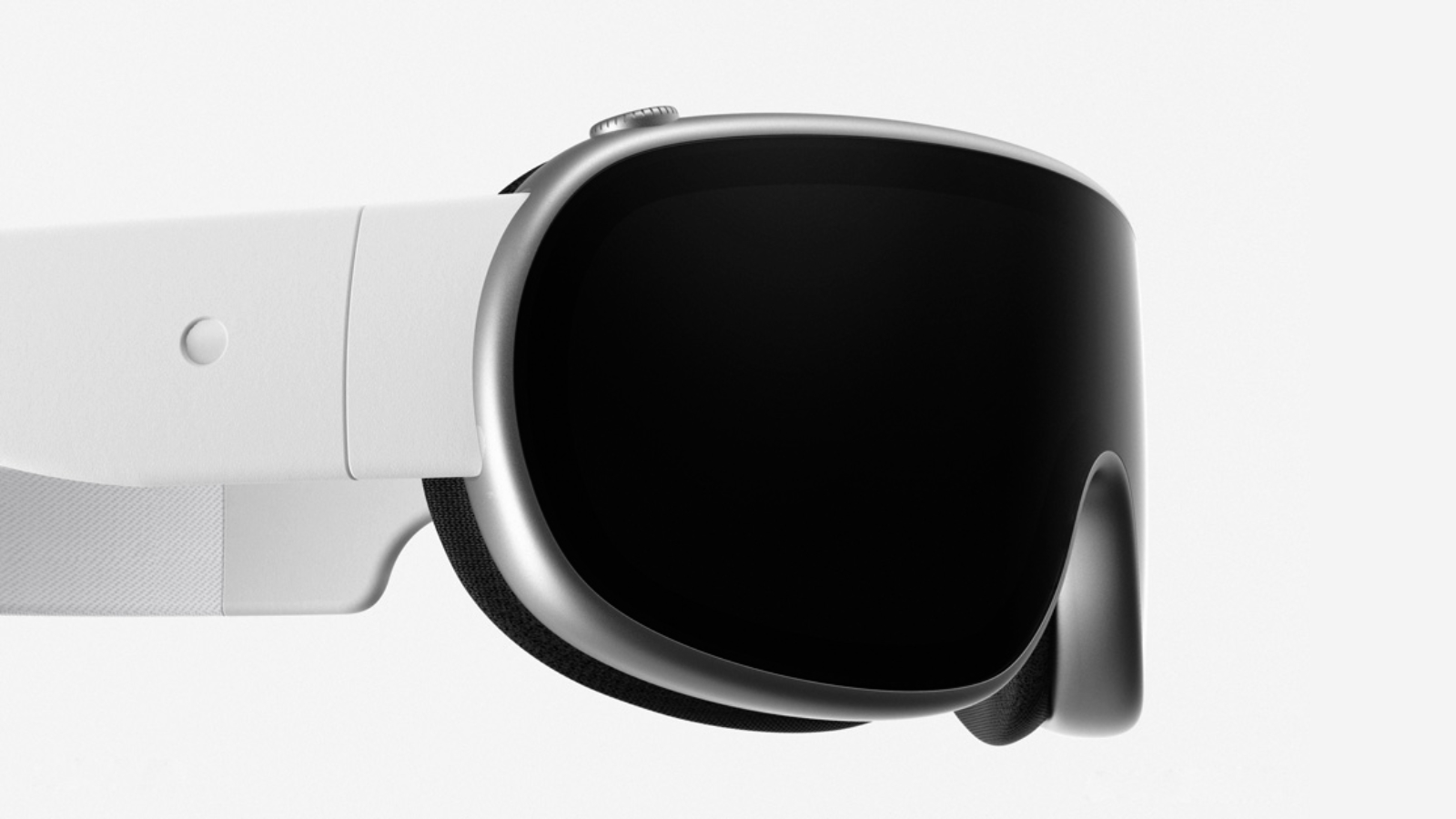I've been thinking a bit about this product and also trying to think about what we know about Apple.
Here are a few thoughts:
Here are a few thoughts:
- Unless Apple makes a sudden departure from their past model, they will not sell this product at a loss (or even break-even).
- Apple is likely able source their bill-of-materials at costs far below what many people expect. I suspect the $3,000 price is a leaked "anchor" price that will make something like $999 or even $1,999 an instant buy for many ("Heck, I thought it would be $3,000! So $1,999 is a slam dunk.") This happened with iPad (albeit Steve did it in his presentation).
- Apple is not really a "market-maker". They are actually a more conservative company than a lot of people think. They have historically seen where they can execute a product better—often much better—than others have been doing. And they see clear demand and a demand ramp. That said, this was under the Steve-regime. I'm not sure how great their product vision is these days.
- As Apple has built out their product families they've been complimentary, even "accessories" to something existing and then, over time, loosen or cut the umbilical cord. Apple seems to be building out a product and service ecosystem. This will be no different. So how does this fit into and compliment the existing ecosystem?
- Apple is now a mass-market company. They must see something that can sell millions of units. It might not need to be iPhone levels if it compliments the rest of the ecosystem (see previous point). But it still needs to make sense for millions of people. Likely anything less than a few millions units per year for a decade or so will be a failure—in their business model. This leads me to be skeptical of any kind of niche product (i.e., medical, developers, etc.)
- Apple seems to be much more concerned with personal health as something of a pillar of their overall mission. I think they view this as a potentially world/life changing to apply technology. How does this product fit with that?
- Although they've become more comfortable with launching a new product category that includes a couple of tiers (Watch), I expect them to launch a single thing here (a la iPhone, iPad). They have to tell a bigger, compelling story. Multiple product levels at this time will confuse. It's possible (normal and Pro) but unlikely.
- The longest (that I can recall) Apple went between intro and launch was 6 months with the iPhone (January to June). But I suspect that at least one reason for that was regulatory. They were going to get "outed" by regulatory filings for iPhone. Steve didn't like having his thunder stolen. The announce early and release much later probably solved that problem. NOTE: Original Macintosh was January and then released in March I think, but that may have had more to do with the timing of the trade show at that time. I think this means we're unlikely to see an announcement in June and a product release/ship much later than fall of 2023.



